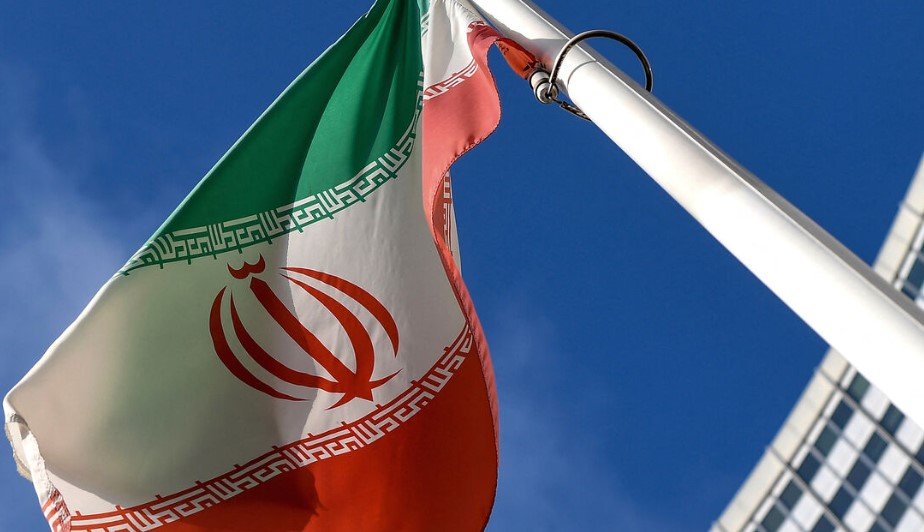Rising fears of a full-blown regional war mount as both nations issue mass evacuation calls; G7, Trump, and neighbors react
The conflict between Israel and Iran edged closer to a terrifying new chapter Monday night as Iran’s Revolutionary Guards warned residents of Tel Aviv to leave the city immediately. The chilling message came just hours after Israel ordered over 300,000 civilians in Tehran to evacuate, signaling a severe escalation in the already volatile showdown.
Tensions, already strained for months, burst open when missile exchanges erupted five days ago. But this latest tit-for-tat—evacuation for evacuation—is raising fears that both nations are inching dangerously toward all-out war.
Tel Aviv Told to Empty: Iran’s Bold Warning
Iranian state media made the announcement Monday evening. With a flat, emotionless tone, the IRGC urged Tel Aviv’s residents to vacate “as soon as possible.” It wasn’t a suggestion—it sounded more like a threat.
For many Israelis, the warning was a gut punch. The thought of having to leave the beating heart of Israel, home to millions, felt surreal. Social media lit up with confusion and fear, with residents questioning where they would even go. As of Tuesday morning, no formal evacuation order had been issued by Israel’s government, but shelters were being prepped.
And yet, what made the announcement even more jarring was its near-simultaneous timing with Israel’s own warning to Iran.

Tehran Faces Mass Evacuation as Bombings Intensify
On the other side of the map, chaos gripped Tehran as Israel expanded its air campaign deep into the city’s core. The Israeli Defense Forces (IDF) confirmed early Tuesday that it had begun striking “strategic military targets” in the heart of the Iranian capital.
More than 300,000 people were told to evacuate, according to Israel’s official statement. Some neighborhoods in central Tehran were left without power. Sirens wailed through the night as panicked families grabbed what they could and headed for the outskirts—or anywhere they believed might be safer.
Even local reporters couldn’t avoid the fallout. During a primetime news broadcast, a popular Iranian anchor was seen sprinting out of the studio mid-sentence as thunderous explosions echoed nearby. The incident was aired live and instantly went viral.
One Tehran resident, 43-year-old Mahnaz Arabi, spoke through tears: “We’ve lived through sanctions, protests, blackouts—but this feels different. Like something really terrible is about to happen.”
Trump and G7 Weigh In, Regional Stability Shakes
Former U.S. President Donald Trump, who has re-entered the spotlight amid the chaos, added fuel to the fire. In a late-night post on his platform TRUTH Social, he wrote in all caps:
“IRAN CAN NOT HAVE A NUCLEAR WEAPON… EVERYONE SHOULD IMMEDIATELY EVACUATE TEHRAN!”
His post quickly drew criticism for being alarmist, but others argued he was simply saying what many leaders were already thinking.
Meanwhile, the G7 summit in Italy was thrown into disarray. Trump, expected to hold key bilateral meetings, announced he would leave early “due to the Middle East situation.” Reports suggest internal disagreements among the G7 leaders about how forcefully to respond to the growing crisis.
Neighbors Take Drastic Measures
The conflict’s shockwaves aren’t limited to Iran and Israel.
Pakistan, sharing a border with Iran, announced the closure of all air and land routes with its western neighbor. That’s no small move—it disrupts trade, tourism, and refugee routes all in one go.
Here’s a snapshot of recent cross-border reactions:
| Country | Action Taken |
|---|---|
| Pakistan | Closed air and land borders with Iran |
| Iraq | Deployed troops near western border for preparedness |
| Saudi Arabia | Put its air defense systems on high alert |
| Turkey | Called for immediate ceasefire; no troop movements |
And there’s concern that Hezbollah in Lebanon—or militias in Iraq—could get pulled into the conflict, creating a much larger regional confrontation.
Where Things Stand: Not Just Saber-Rattling Anymore
What began as sporadic missile launches has turned into an organized, high-stakes aerial conflict. And the stakes keep rising.
-
Israel has struck at least four targets in and around Tehran since June 13
-
Iran claims to have downed two Israeli drones near Qom
-
U.S. and EU diplomatic envoys have left their embassies in both countries
-
Oil prices have spiked 7% in just 48 hours
International watchdogs are also worried about the nuclear angle. Iran’s key facilities in Natanz and Fordow are on high alert, though no damage has yet been reported. Still, any strike on those sites would be seen as a declaration of war.
The Human Toll Is Growing by the Hour
What gets lost in all this back-and-forth are the ordinary people caught in the crossfire.
Reports from both countries suggest civilian injuries are mounting. In southern Tehran, three schools were damaged by falling debris. In Israel, two elderly residents were injured in a rush to shelters after a false alarm sent panic through Tel Aviv.
A Red Crescent medic in Qazvin, Iran said their crews were “operating without sleep” and that most of the injured were elderly and children.
The question echoing through diplomatic channels and dinner tables alike is this: Where does it end?
